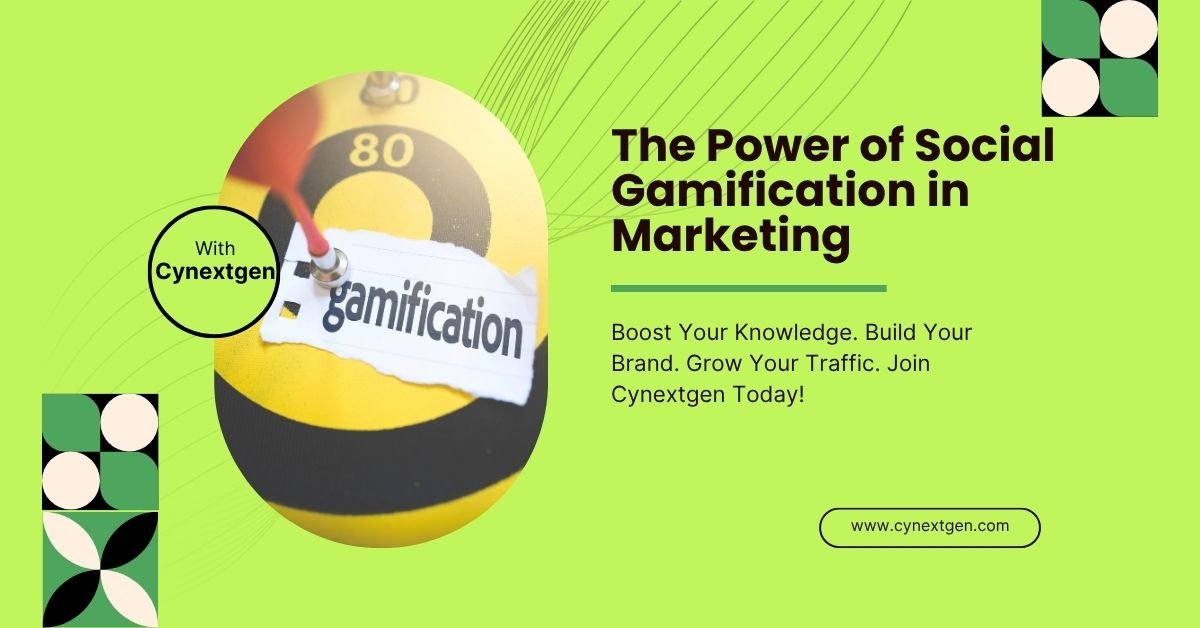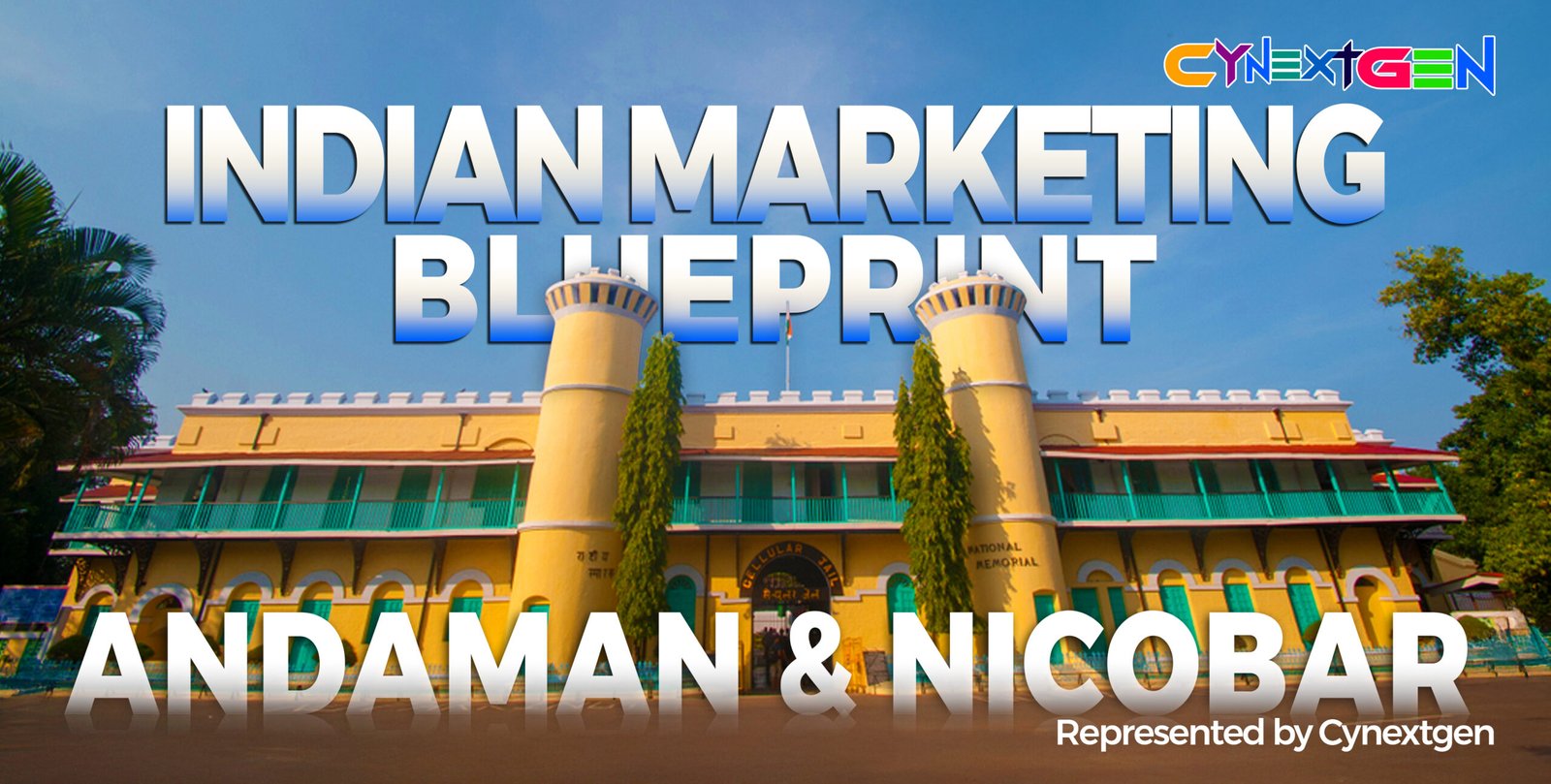
The Power of Social Gamification in Marketing
One of the most effective techniques to achieve this is social gamification. Combining elements of game mechanics with social interaction, gamification has taken marketing by storm. It’s no longer just about providing a product or service; it’s about creating an experience that encourages participation, fosters engagement, and motivates customers to return.
What is Social Gamification in Marketing?
Social gamification in marketing refers to the use of game mechanics, such as rewards, points, challenges, and competitions, within a social context to engage consumers and enhance their interaction with a brand. This technique leverages social platforms and digital tools to make the marketing experience fun, engaging, and interactive.
By turning the consumer journey into a game, businesses can motivate users to take actions they may otherwise not have taken, whether that’s sharing content, making a purchase, or participating in a contest.
The goal of social gamification is to make the interaction between a brand and its audience more engaging, fostering a sense of achievement and satisfaction that keeps customers coming back. Social gamification typically uses both online and offline elements, blending digital tools with social behaviour to encourage more active participation.
Key Elements of Social Gamification in Marketing
Social gamification is built on several core principles that make it effective in driving engagement:
- Rewards and Incentives: Offering incentives like points, discounts, badges, or exclusive content for completing certain tasks motivates customers to keep engaging with the brand.
- Challenges and Competitions: By incorporating challenges and competitions, businesses create a sense of urgency and excitement, encouraging consumers to take immediate action.
- Leaderboards: Publicly displaying achievements on leaderboards taps into people’s desire for recognition and fosters friendly competition among users.
- Social Sharing: Encouraging users to share their achievements or progress on social media amplifies the brand’s reach while also providing users with a platform to show off their accomplishments.
- Progression and Levels: Gamification often includes progression systems where users can advance through levels as they complete certain tasks, which adds a sense of accomplishment and excitement to the experience.
Why is Social Gamification Important in Marketing?
In an era where consumers are bombarded with content and advertisements, standing out can be challenging. Traditional marketing methods, such as banners and ads, are often overlooked or ignored.
Social gamification, however, provides a unique approach by making marketing more immersive and interactive. Here’s why it’s becoming an essential tool for modern marketing strategies:
- Increases User Engagement: Social gamification encourages consumers to engage actively with a brand. Instead of passively receiving information, they’re invited to participate in fun and rewarding experiences. Whether it’s earning points for completing tasks or competing for a spot on the leaderboard, gamification turns mundane actions into interactive experiences that people are eager to be a part of.
- Enhances Brand Loyalty: When users are rewarded for their interaction and effort, they feel valued by the brand. This sense of reward fosters loyalty, as customers are more likely to return to a brand that consistently engages and rewards them for their actions. Over time, this loyalty can lead to repeat business and advocacy, where satisfied customers promote the brand to their network.
- Encourages Social Sharing: Social gamification often encourages users to share their achievements, badges, or high scores on social media platforms. This organic form of marketing helps brands reach a larger audience without directly advertising to them. As customers share their experiences, they act as brand ambassadors, creating more touchpoints for potential customers to interact with the brand.
- Creates a Memorable Experience: One of the biggest advantages of social gamification is its ability to create a memorable experience for consumers. Instead of simply interacting with a brand, users are given the opportunity to immerse themselves in an experience that feels rewarding and fun. This engagement enhances the emotional connection customers feel toward the brand, making them more likely to remember it.
- Data Collection and Insights: With gamification, marketers can gather valuable data about customer behaviour, preferences, and actions. For example, tracking which challenges are most popular or what rewards are most effective gives businesses insight into customer interests. This data can then be used to refine marketing strategies and create more personalized, targeted campaigns.
How Does Social Gamification Work in Marketing?
Social gamification works in marketing by incorporating game-like elements into a brand’s social interactions, website, or app. The process typically follows these steps:
1. Designing Gamified Experiences
The first step is creating a gamified experience that aligns with the brand’s goals and audience. This could include designing challenges, setting up a rewards system, or creating a progression system that leads users through different levels of interaction. The gamification experience should feel seamless and enjoyable, with clear objectives and incentives for users.
2. Integrating Social Elements
To maximize the effectiveness of gamification, businesses need to integrate social elements. This could mean adding sharing features, allowing users to compete with each other, or displaying social proof through leaderboards. The social aspect encourages users to invite their friends to participate and share their progress, increasing brand visibility.
3. Incentivizing Participation
Next, businesses need to provide rewards that motivate users to participate. This could include offering digital points, discounts, free products, or exclusive content. The rewards should be aligned with the brand’s offerings and be valuable enough to incentivize users to take action.
4. Tracking Progress and Providing Feedback
A key part of gamification is tracking user progress and providing feedback. Whether it’s showing how many points a user has earned or how close they are to completing a challenge, the feedback reinforces the game-like experience. Users should always feel like they are making progress and getting closer to their goal.
5. Encouraging Ongoing Interaction
Finally, businesses should ensure that the gamified experience encourages ongoing interaction. Offering new challenges, time-limited rewards, or seasonal competitions keeps users engaged over time. The more frequently users interact, the more likely they are to develop brand loyalty and share their experiences with others.
Examples of Social Gamification in Marketing
Many leading brands have successfully integrated social gamification into their marketing strategies. Below are a few examples:
- Nike+
Nike’s Nike+ platform is a great example of social gamification in action. The app allows users to track their running progress, set goals, and challenge their friends. Participants earn badges and can share their achievements on social media, turning fitness into a social and competitive game.
- Starbucks Rewards Program
Starbucks uses gamification to encourage repeat purchases through its rewards program. Customers earn stars for each purchase, which can be redeemed for free drinks and other rewards. The app also allows users to set goals and track their progress, providing an ongoing incentive to keep engaging with the brand.
- McDonald’s Monopoly Game
McDonald’s Monopoly campaign is another classic example of gamification in marketing. By purchasing menu items, customers earn game pieces that can be collected to win prizes. The campaign encourages repeat visits and social sharing, as customers try to collect the full set of game pieces to win big prizes.
Benefits of Social Gamification in Marketing
Social gamification offers a wide range of benefits that can help brands increase engagement, loyalty, and revenue:
- Improved Customer Engagement: By offering an interactive, rewarding experience, gamification encourages customers to engage with the brand more frequently.
- Increased Brand Awareness: Gamification often encourages social sharing, which can amplify the brand’s visibility and reach a larger audience.
- Better Customer Retention: The use of rewards, challenges, and recognition keeps customers coming back, boosting long-term brand loyalty.
- Enhanced Consumer Behaviour Insights: Gamification allows brands to collect valuable data on user preferences and behaviours, which can help refine marketing strategies.
- Stronger Emotional Connection: Gamification turns the consumer journey into a fun and rewarding experience, fostering a stronger emotional bond with the brand.
Conclusion
Social gamification has revolutionized marketing by turning traditional consumer interactions into engaging, rewarding experiences. By incorporating game-like elements, businesses can enhance engagement, build loyalty, and increase brand visibility. Whether it’s through rewards, challenges, or social sharing, gamification offers an effective way to engage consumers and foster a sense of community around a brand.





Add Comment